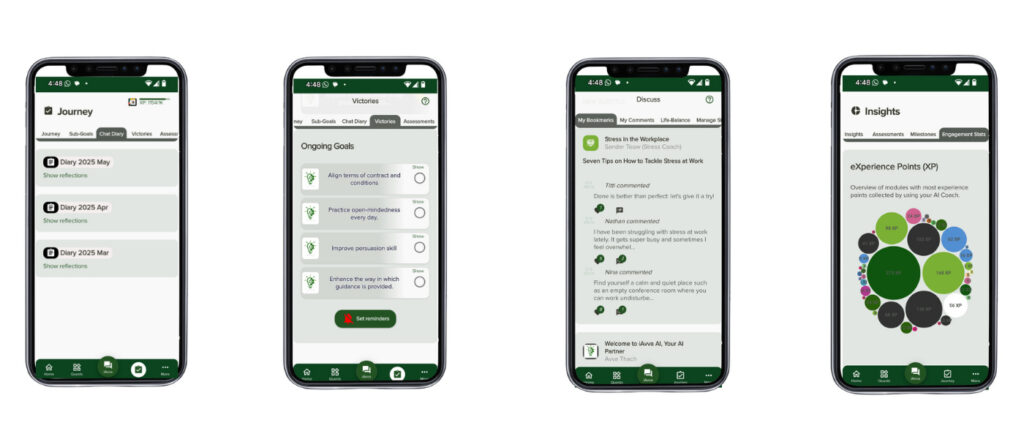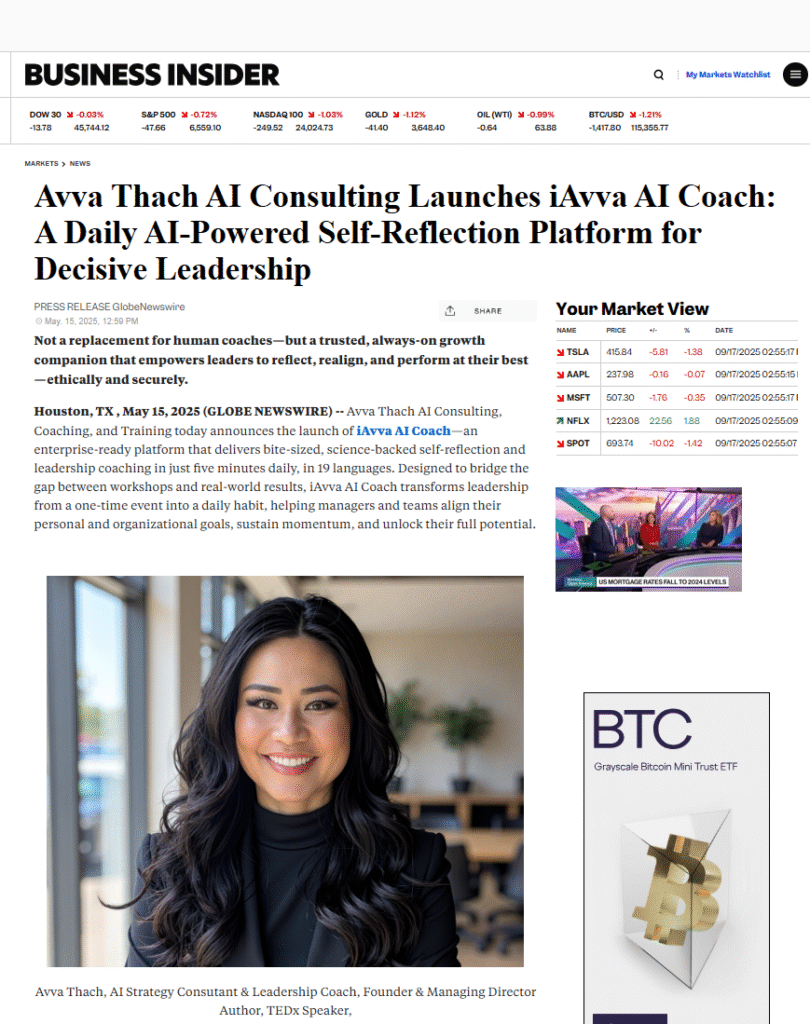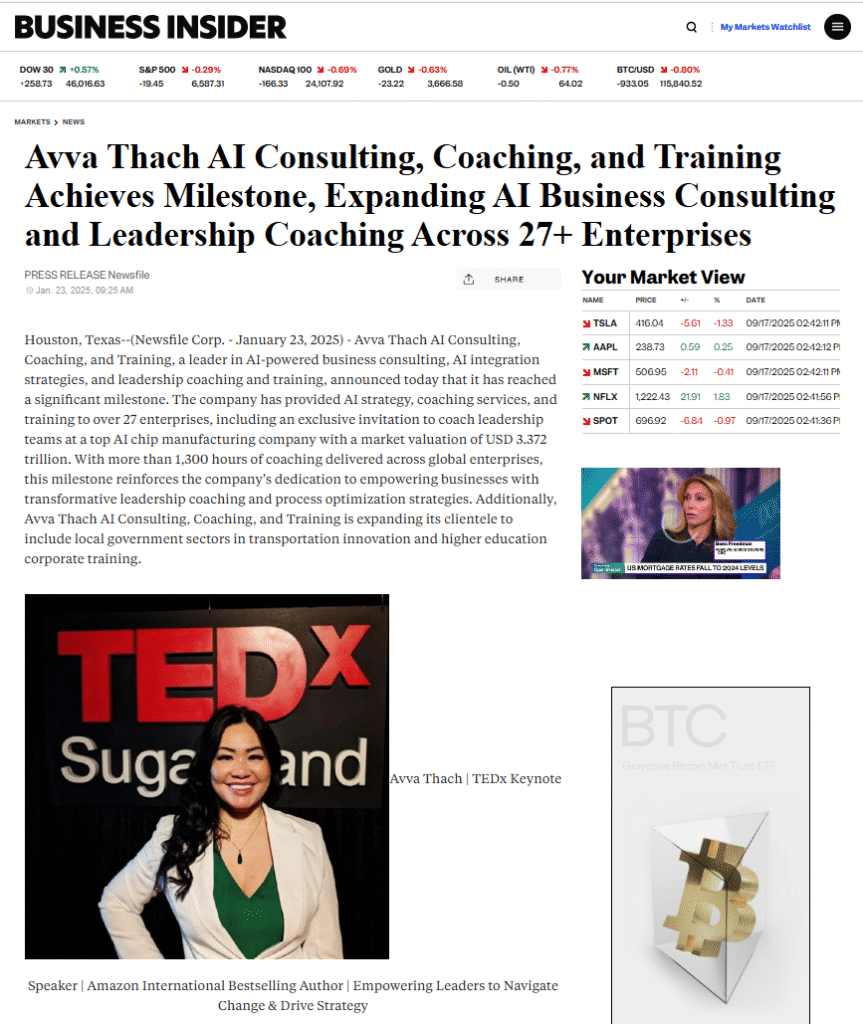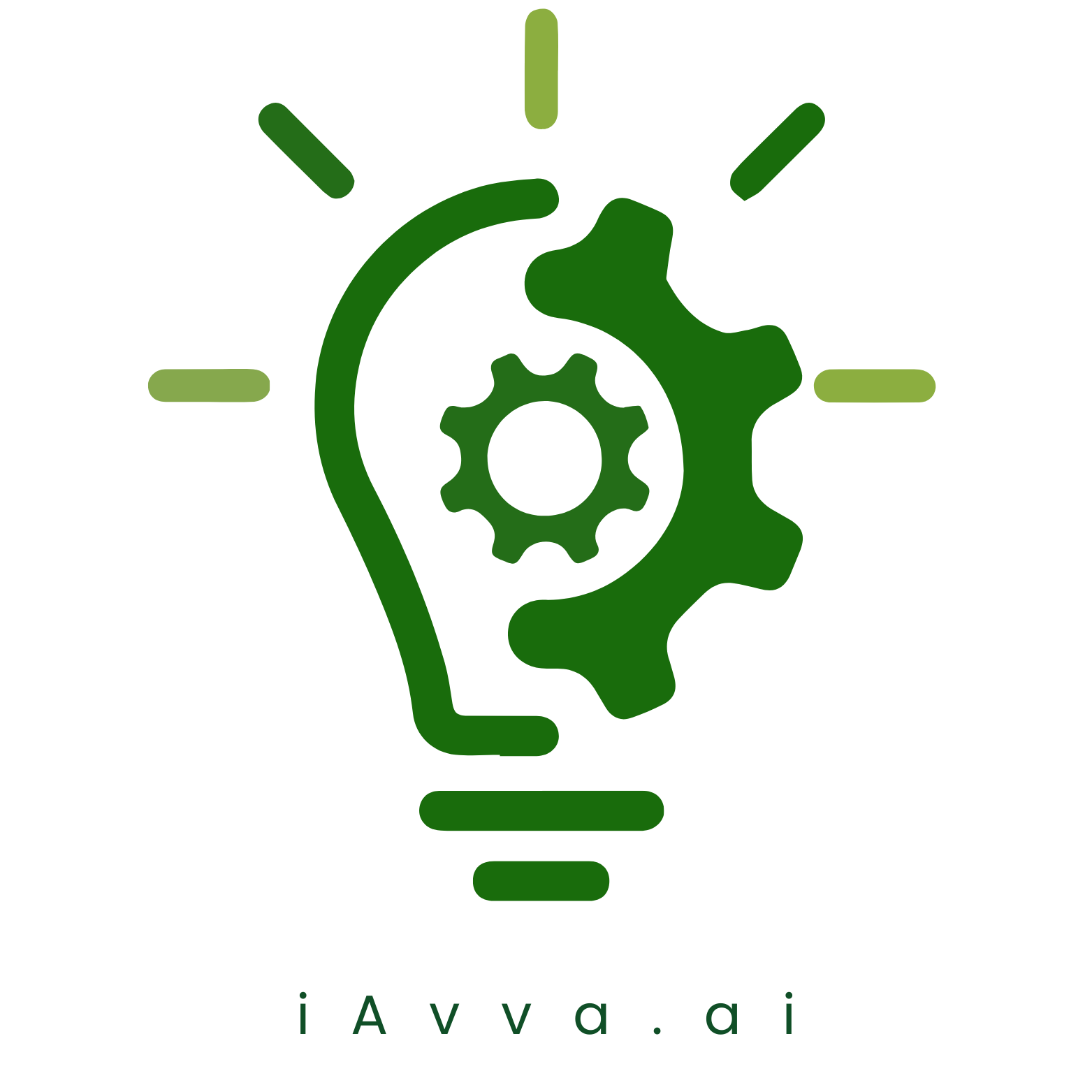In the rapidly evolving landscape of corporate training, Learning Management Systems (LMS) have emerged as pivotal tools for organizations aiming to enhance their workforce’s skills and knowledge. An LMS is a software application that facilitates the administration, documentation, tracking, reporting, and delivery of educational courses or training programs. As businesses increasingly recognize the importance of continuous learning in maintaining a competitive edge, the adoption of LMS has surged.
These systems not only streamline the training process but also provide a structured environment where employees can engage with learning materials at their own pace. The significance of LMS extends beyond mere content delivery; it embodies a strategic approach to workforce development. By centralizing training resources and providing a platform for interactive learning, organizations can foster a culture of knowledge sharing and professional growth.
This shift towards digital learning solutions reflects a broader trend in corporate environments, where flexibility and accessibility are paramount. As companies navigate the complexities of a globalized market, the role of LMS in facilitating effective training programs cannot be overstated.
Key Takeaways
- Corporate Learning Management Systems (LMS) are essential tools for managing and delivering training and development programs within organizations.
- LMS offers benefits such as cost-effectiveness, scalability, and accessibility for corporate learning, making it a valuable investment for companies.
- Selecting the right LMS involves considering factors such as user-friendliness, customization options, and integration capabilities to meet specific corporate training needs.
- Implementing LMS for corporate learning requires best practices such as clear communication, user training, and ongoing support to ensure successful adoption and utilization.
- Leveraging LMS features for employee engagement and retention involves utilizing interactive content, social learning tools, and personalized learning paths to enhance the learning experience and motivation.
Understanding the Benefits of LMS for Corporate Learning
The benefits of implementing an LMS in corporate learning are manifold, making it an indispensable asset for modern organizations. One of the primary advantages is the ability to deliver training content consistently across various locations and departments. This uniformity ensures that all employees receive the same foundational knowledge, which is crucial for maintaining standards and compliance within the organization.
Furthermore, LMS platforms often come equipped with features that allow for personalized learning paths, catering to individual employee needs and learning styles. This tailored approach not only enhances engagement but also improves retention rates. Another significant benefit of LMS is the cost-effectiveness it offers.
Traditional training methods often involve substantial expenses related to travel, materials, and instructor fees. In contrast, an LMS reduces these costs by enabling online training modules that can be accessed anytime and anywhere. This flexibility allows organizations to allocate resources more efficiently while still providing high-quality training experiences.
Additionally, the scalability of LMS means that as a company grows, its training programs can easily expand without the need for extensive additional investments.
Selecting the Right LMS for Your Corporate Training Needs

Choosing the right LMS for your corporate training needs is a critical decision that can significantly impact the effectiveness of your learning initiatives. The first step in this process is to assess your organization’s specific requirements. Consider factors such as the size of your workforce, the types of training programs you wish to implement, and the technological capabilities of your employees.
A thorough needs analysis will help you identify which features are essential for your organization, such as mobile accessibility, integration capabilities, or advanced reporting tools. Once you have a clear understanding of your needs, it is essential to evaluate different LMS options available in the market. Look for platforms that offer user-friendly interfaces and robust customer support, as these factors can greatly influence user adoption and satisfaction.
Additionally, consider the scalability of the LMS; as your organization evolves, your chosen system should be able to grow alongside it. Engaging stakeholders from various departments during the selection process can also provide valuable insights and ensure that the chosen LMS aligns with broader organizational goals.
Implementing LMS for Corporate Learning: Best Practices
| Best Practices for Implementing LMS for Corporate Learning | Metrics |
|---|---|
| Clear Learning Objectives | Completion rates, assessment scores |
| User-Friendly Interface | User satisfaction surveys, time spent on platform |
| Mobile Compatibility | Mobile usage statistics, feedback on mobile experience |
| Customizable Content | Number of customized courses, user feedback on content relevance |
| Integration with HR Systems | Efficiency of onboarding process, data accuracy |
The successful implementation of an LMS requires careful planning and execution to ensure that it meets the needs of both the organization and its employees. One best practice is to establish a clear implementation timeline that outlines key milestones and responsibilities. This roadmap will help keep the project on track and ensure that all stakeholders are aligned throughout the process.
Additionally, involving employees early on can foster a sense of ownership and encourage buy-in from users who will ultimately be utilizing the system.
Providing comprehensive training sessions for both administrators and end-users will help mitigate resistance to change and enhance overall user experience.
Consider creating a variety of training materials, such as video tutorials, user guides, and live demonstrations, to cater to different learning preferences. Furthermore, ongoing support should be established to address any questions or challenges that may arise post-implementation, ensuring that users feel confident in navigating the new system.
Leveraging LMS Features for Employee Engagement and Retention
To maximize employee engagement and retention through an LMS, organizations must leverage its diverse features effectively. Gamification is one such feature that has gained popularity in recent years; by incorporating elements such as points, badges, and leaderboards into training modules, companies can create a more interactive and motivating learning environment. This approach not only makes learning more enjoyable but also encourages healthy competition among employees, driving them to complete courses and achieve their learning goals.
Another effective strategy is to utilize social learning features within the LMS. By enabling employees to collaborate, share insights, and discuss course content with their peers, organizations can foster a sense of community and support among learners. Discussion forums, chat functions, and collaborative projects can enhance knowledge sharing and create opportunities for networking within the organization.
When employees feel connected to their colleagues through shared learning experiences, they are more likely to remain engaged and committed to their professional development.
Customizing Content and Courses in LMS for Maximum Impact

Customization is key to ensuring that training content resonates with employees and meets their specific needs. An effective LMS allows organizations to tailor courses based on various factors such as job roles, skill levels, or departmental objectives. By creating targeted content that addresses the unique challenges faced by different teams or individuals, companies can enhance relevance and increase motivation among learners.
Moreover, incorporating multimedia elements into course design can significantly improve engagement levels. Utilizing videos, infographics, interactive quizzes, and simulations can cater to diverse learning styles while making complex topics more accessible. Regularly updating content to reflect industry trends or organizational changes is also crucial; this ensures that employees are equipped with the most current information and skills necessary for their roles.
By prioritizing customization in course design, organizations can create impactful learning experiences that drive performance and productivity.
Tracking and Measuring Learning Outcomes with LMS Analytics
One of the most significant advantages of using an LMS is its ability to provide detailed analytics on learning outcomes. By tracking employee progress through various metrics—such as course completion rates, assessment scores, and time spent on modules—organizations can gain valuable insights into the effectiveness of their training programs. This data-driven approach enables companies to identify areas for improvement and make informed decisions about future training initiatives.
Additionally, leveraging analytics allows organizations to assess individual employee performance over time. By monitoring trends in learning behaviors and outcomes, managers can identify high performers who may be ready for advancement or those who may require additional support or resources. This level of insight not only enhances employee development but also contributes to overall organizational success by aligning training efforts with business objectives.
Integrating LMS with Other Corporate Systems for Seamless Learning Experience
To create a truly seamless learning experience for employees, integrating the LMS with other corporate systems is essential. This integration can include Human Resource Management Systems (HRMS), Customer Relationship Management (CRM) platforms, or performance management tools. By connecting these systems, organizations can streamline processes such as onboarding, performance evaluations, and compliance tracking.
For instance, integrating an LMS with an HRMS allows for automatic updates on employee records when they complete training programs or achieve certifications. This not only saves time but also ensures that all relevant data is consistently maintained across systems. Furthermore, such integrations can enhance reporting capabilities by providing a holistic view of employee performance and development across various functions within the organization.
Ensuring Compliance and Regulatory Training with LMS
In many industries, compliance training is not just beneficial; it is mandatory. An effective LMS can play a crucial role in ensuring that employees complete required compliance training on time while maintaining accurate records for regulatory purposes. By automating reminders and tracking completion rates, organizations can mitigate risks associated with non-compliance.
Moreover, an LMS allows for easy updates to compliance training materials as regulations change or new policies are introduced. This agility ensures that employees are always informed about current standards and practices relevant to their roles. By prioritizing compliance training within the LMS framework, organizations can protect themselves from potential legal issues while fostering a culture of accountability among employees.
Overcoming Common Challenges in Corporate Learning with LMS
Despite the numerous benefits associated with implementing an LMS, organizations may encounter challenges during its adoption and use. One common issue is resistance from employees who may be accustomed to traditional training methods or skeptical about new technologies. To overcome this challenge, it is essential to communicate the benefits of the LMS clearly and involve employees in the decision-making process from the outset.
Another challenge lies in ensuring content quality and relevance within the LMS. Organizations must commit to regularly reviewing and updating course materials to maintain engagement levels among learners. Establishing a feedback loop where employees can provide input on course content can help identify areas for improvement while fostering a sense of ownership over their learning experiences.
Future Trends in Corporate Learning and LMS Technology
As technology continues to advance at a rapid pace, so too will the landscape of corporate learning and Learning Management Systems. One emerging trend is the increased use of artificial intelligence (AI) within LMS platforms to personalize learning experiences further. AI-driven analytics can provide insights into individual learning preferences and recommend tailored content based on past performance.
Additionally, virtual reality (VR) and augmented reality (AR) are poised to revolutionize corporate training by offering immersive learning experiences that simulate real-world scenarios. These technologies can enhance engagement while providing practical skills development in a safe environment. As organizations embrace these innovations, they will be better equipped to meet the evolving demands of their workforce while fostering a culture of continuous learning.
In conclusion, Learning Management Systems represent a transformative approach to corporate training that offers numerous benefits ranging from cost savings to enhanced employee engagement. By understanding how to select, implement, customize, and leverage these systems effectively, organizations can create impactful learning experiences that drive performance and foster professional growth among their workforce. As technology continues to evolve, staying ahead of trends will be crucial for organizations looking to maintain a competitive edge in today’s dynamic business environment.
In the rapidly evolving landscape of corporate training, understanding the implications of technological advancements is crucial. A relevant article that delves into this topic is titled “Nvidia’s $1.5B AI Chip Deal: What It Means for Corporate Training, Leadership, and Digital Transformation.” This piece explores how significant investments in AI technology can reshape corporate learning management systems and enhance leadership development. For more insights, you can read the article [here](https://iavva.ai/2025/09/04/nvidias-1-5b-ai-chip-deal-what-it-means-for-corporate-training-leadership-and-digital-transformation-2/).
FAQs
What is corporate learning management?
Corporate learning management refers to the process of managing and delivering educational and training programs within a corporate environment. It involves the use of technology to create, manage, and track learning initiatives for employees.
What are the benefits of corporate learning management?
Some of the benefits of corporate learning management include improved employee performance, increased productivity, reduced training costs, and the ability to track and measure the impact of training programs on business outcomes.
What are some key features of a corporate learning management system?
Key features of a corporate learning management system include content creation and management, course delivery, assessment and tracking, reporting and analytics, and integration with other HR and business systems.
How does corporate learning management differ from traditional training methods?
Corporate learning management leverages technology to deliver training and educational content in a more efficient and scalable manner compared to traditional training methods. It also allows for better tracking and measurement of training effectiveness.
What are some popular corporate learning management systems?
Some popular corporate learning management systems include Cornerstone OnDemand, SAP SuccessFactors Learning, Adobe Captivate Prime, and Docebo. These systems offer a range of features to support corporate training and development initiatives.





















Leave a Reply